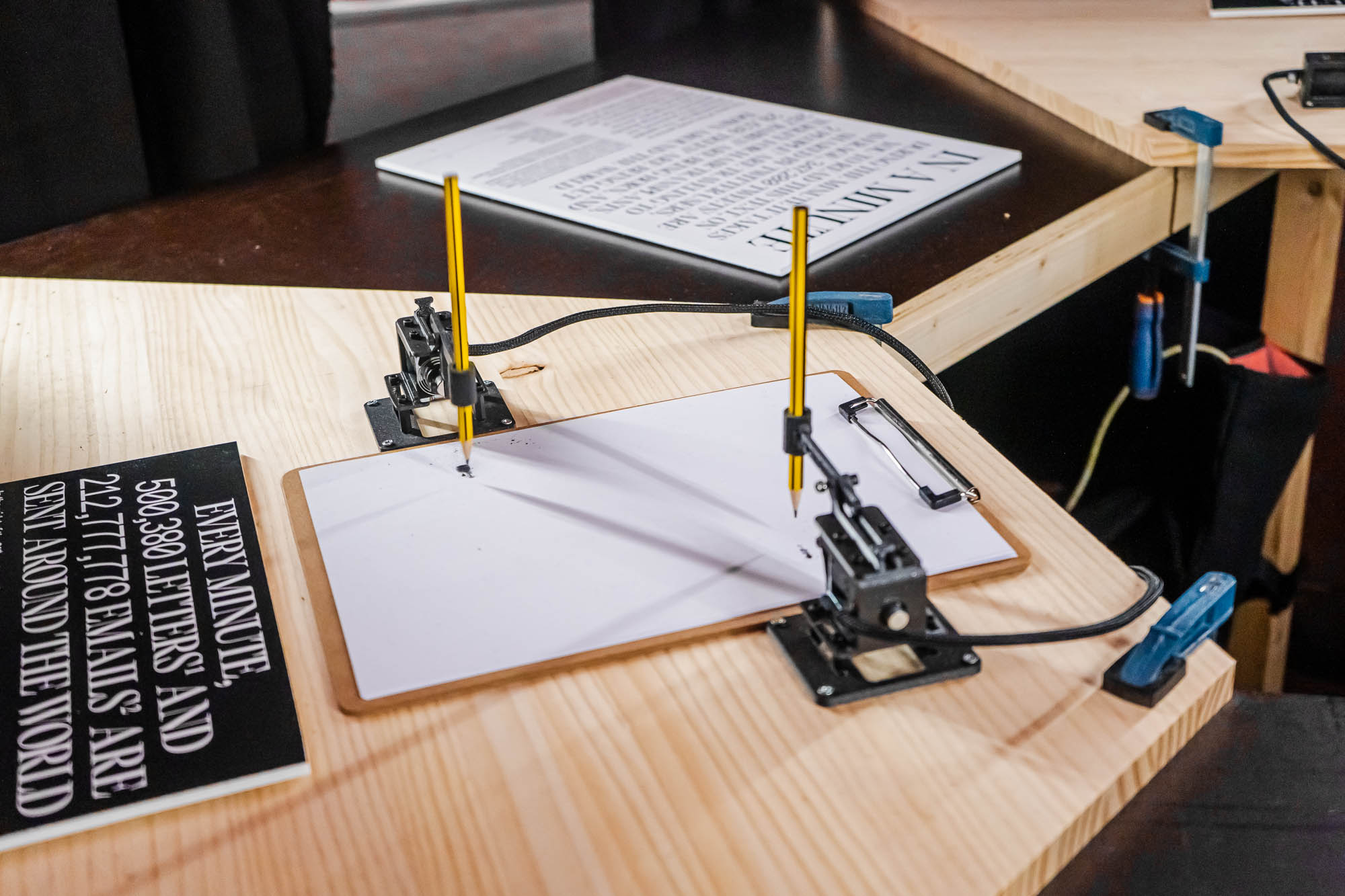How do you create an artistic piece based on the concept of altered consciousness, without using words, numbers or any language at all? That was the challenge presented to us by Enric Puig and Ferran Utzet, when they began planning their exhibition on altered states of consciousness entitled: The Other Side.
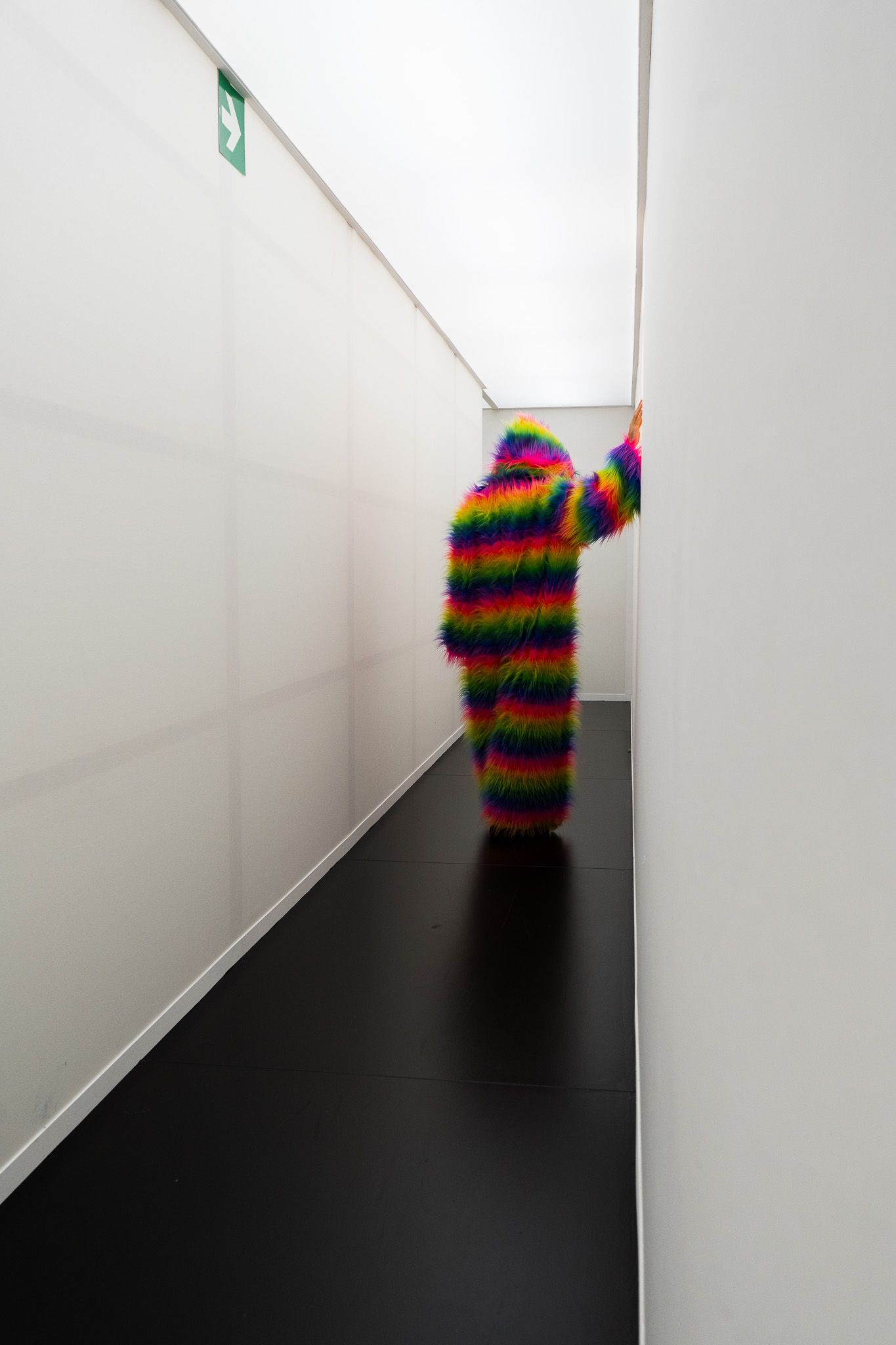
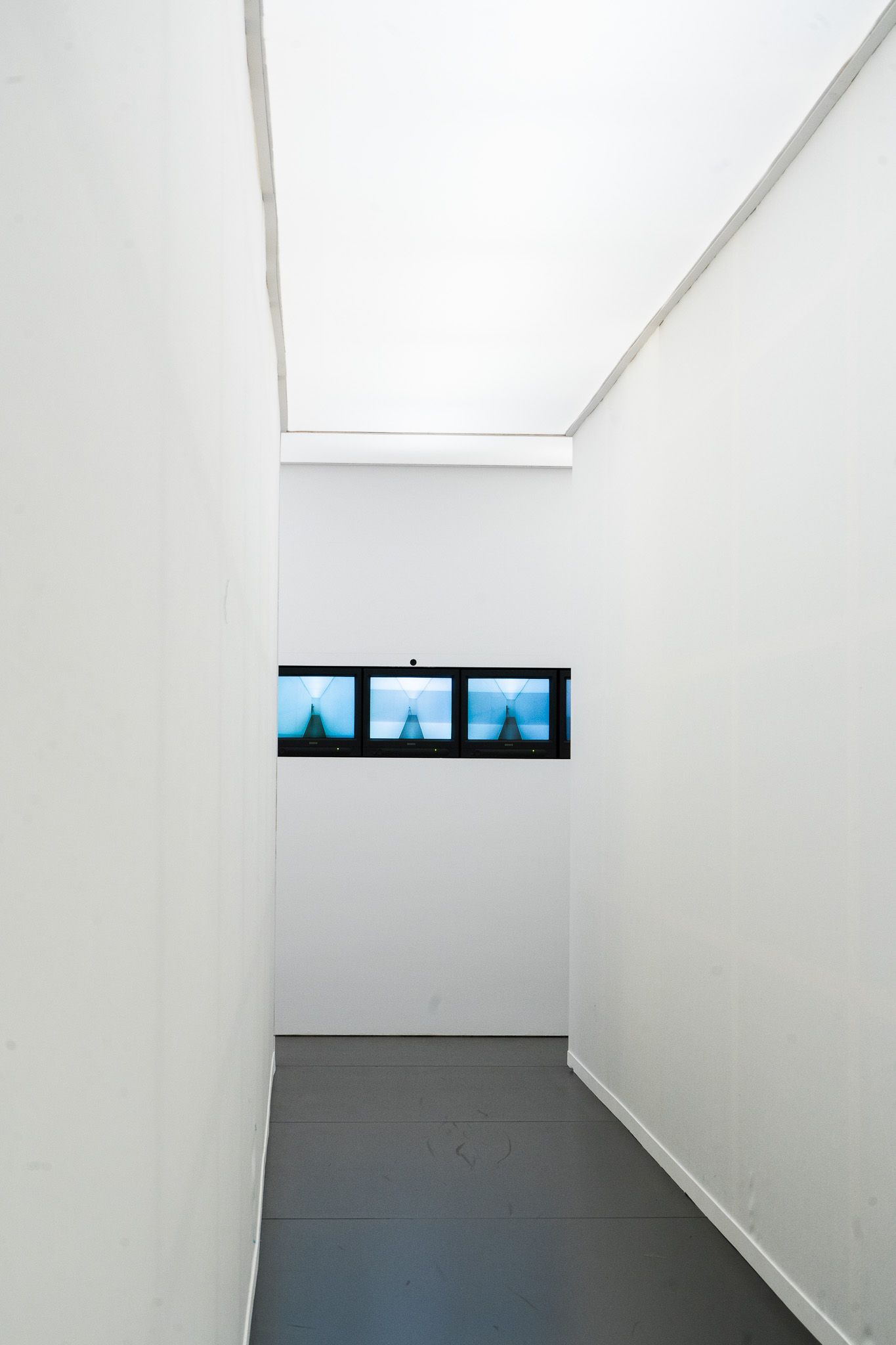
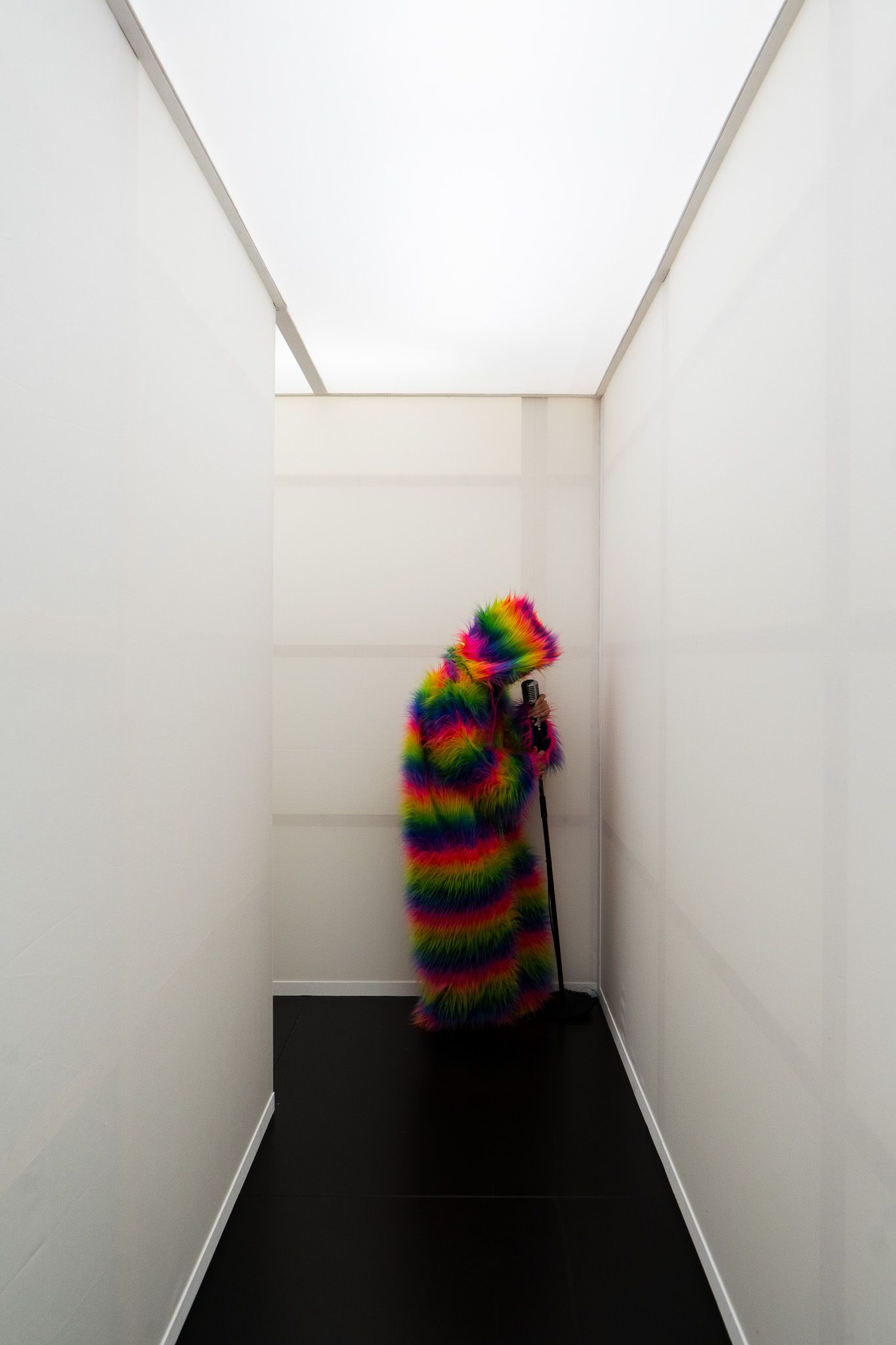
In the absence of language, this piece had to be all about feeling. We designed a 24 metre corridor that helped people to imagine the moment of heightened brain activity right before death. Though many who have had near death experiences report white lights and long tunnels we can never know for sure the nature of this experience that we are trying to represent.
1 in 5 people who receive CPR report lucid experiences while they are seemingly unconscious and on the brink of death (March D. 2022). The lucid experiences appear to be different from hallucinations, dreams, illusions, and delusions. Researchers found during these experiences, the brain has heightened activity and markers for lucidity, suggesting the human sense of self, like other biological functions, may not completely stop around the time of death, creating one of the most unsettling neurological paradoxes: when our heart stops, it’s possible that we don’t die immediately. Instead, we can still experience a last hit of hyperconsciousness.
Very recently, in May 2023 a group of researchers from the University of Michigan made a new study providing early evidence of a surge of activity correlated with consciousness in the dying brain (Xu Gang, 2023). The study identified several patients who passed away due to cardiac arrest in the hospital while under EEG monitoring. Half of the patients showed an increase in heart rate along with a surge of gamma wave activity, which is considered the fastest brain activity and is associated with consciousness. The activity was detected in the so-called hot zone of neural correlates of consciousness in the brain, the junction between the temporal, parietal, and occipital lobes in the back of the brain.
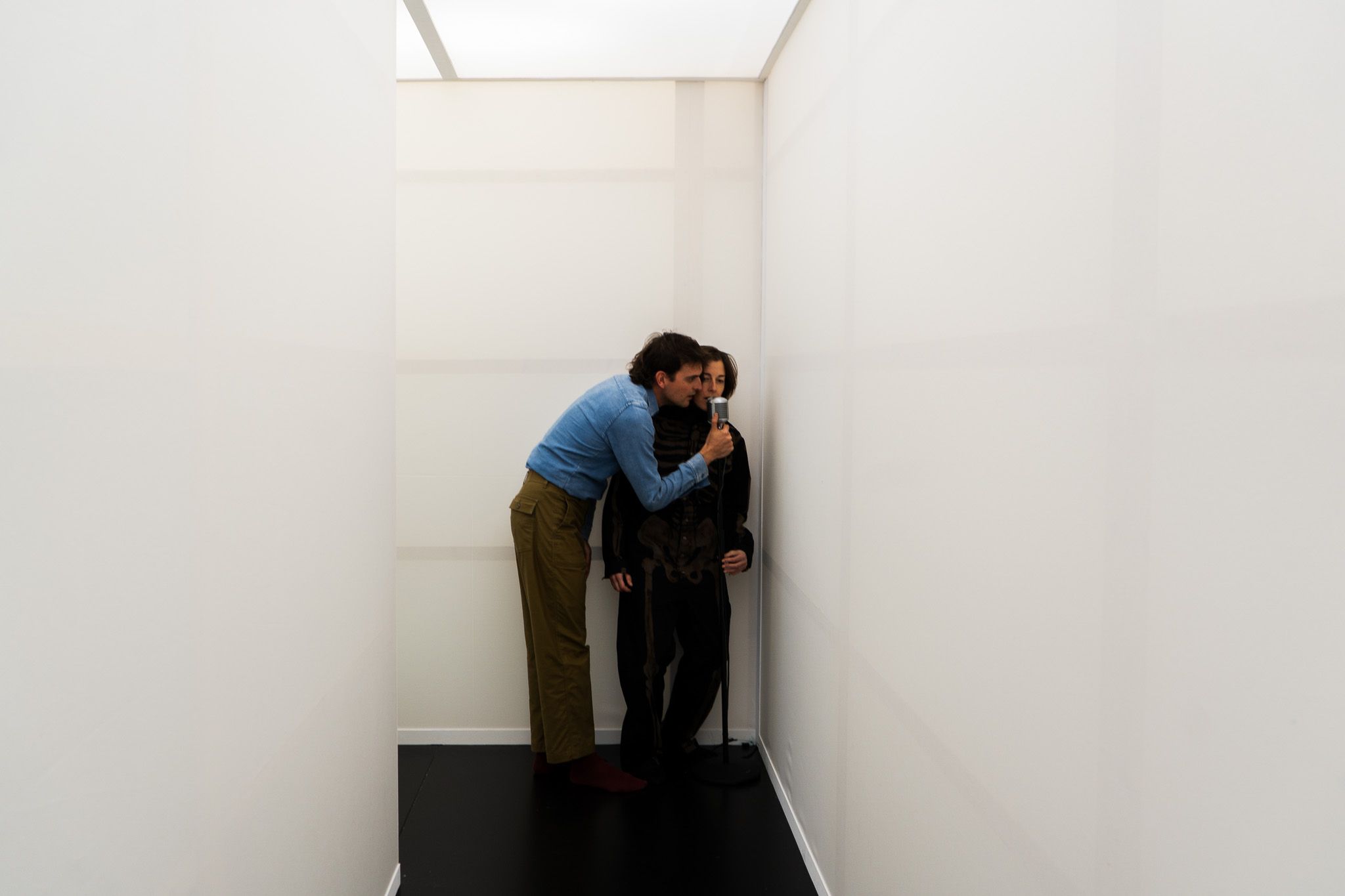
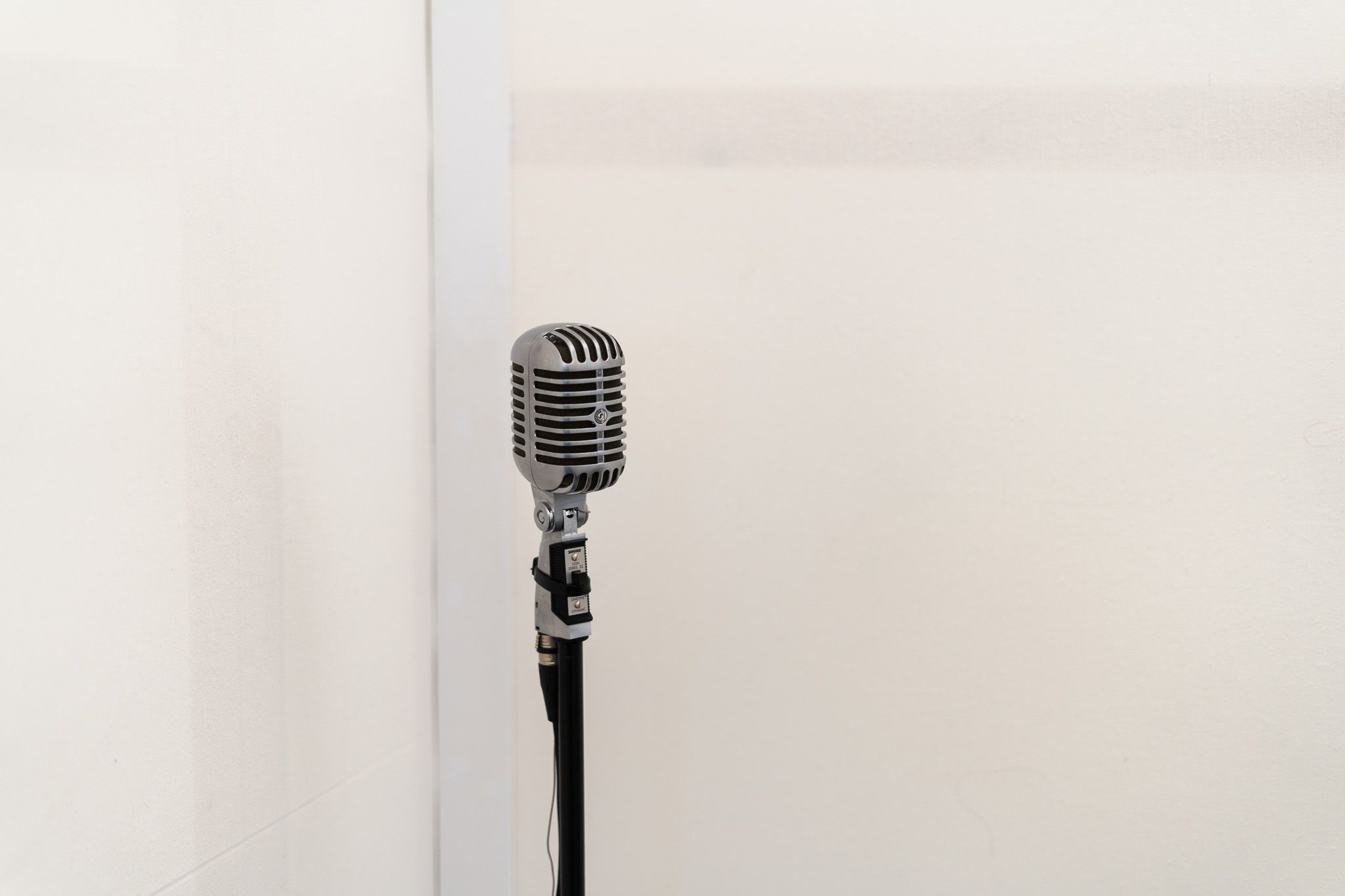
The sound of the past
To facilitate this embodiment of a moment, and allow people to FEEL the meaning of time, we decided to distort it. As you enter a 24 metre-long corridor you first find a microphone, placed there without any instructions. This microphone marks the beginning of a journey through the tunnel, hinting at what you will find around the corner, but without revealing too much; the sound acting as your guide.
The speakers are placed deliberately so that whatever you had said into the microphone would accompany you, reverberating through the space as you walked through it. Your past flashing before your ears.
Once the whole path is marked, the sound plays again each time the visitor begins to walk, this time with an even longer delay. This is your past self accompanying you along the journey, adding more distortion and reverb (and other effects) to the sound as you approach the end.
The overall effect is a time and space distortion, where the further forward you move, the louder your past becomes.

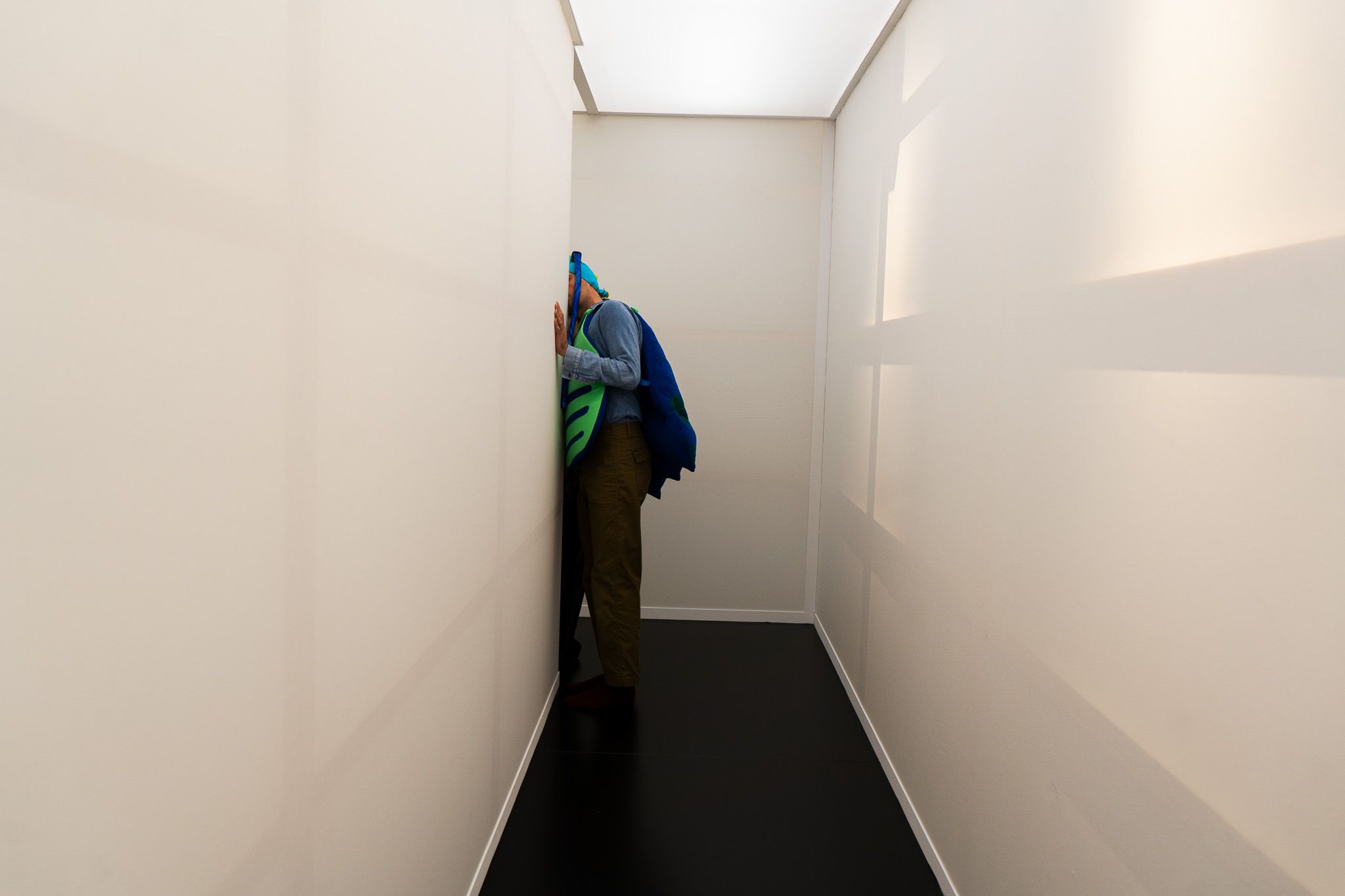
Time distortion
At the end of this corridor was a series of old television screens, where your own image was shown on a delay. A custom built system streams the same visual signal with varying delays of one second, four seconds, nine seconds and so on. A distancing from yourself, seeing several versions becoming more and more distant. An experience of cognitive dissonance.
The eight or more monitors create a display of multiple selves. In one screen you lock eyes with your past self, while in another you are waving your hands or chatting to a companion. The gradual decay or fading of the images on the monitors, points to the idea of finality. The disappearance of an individual identity as you pass away, experiencing many different perspectives simultaneously in these last moments.


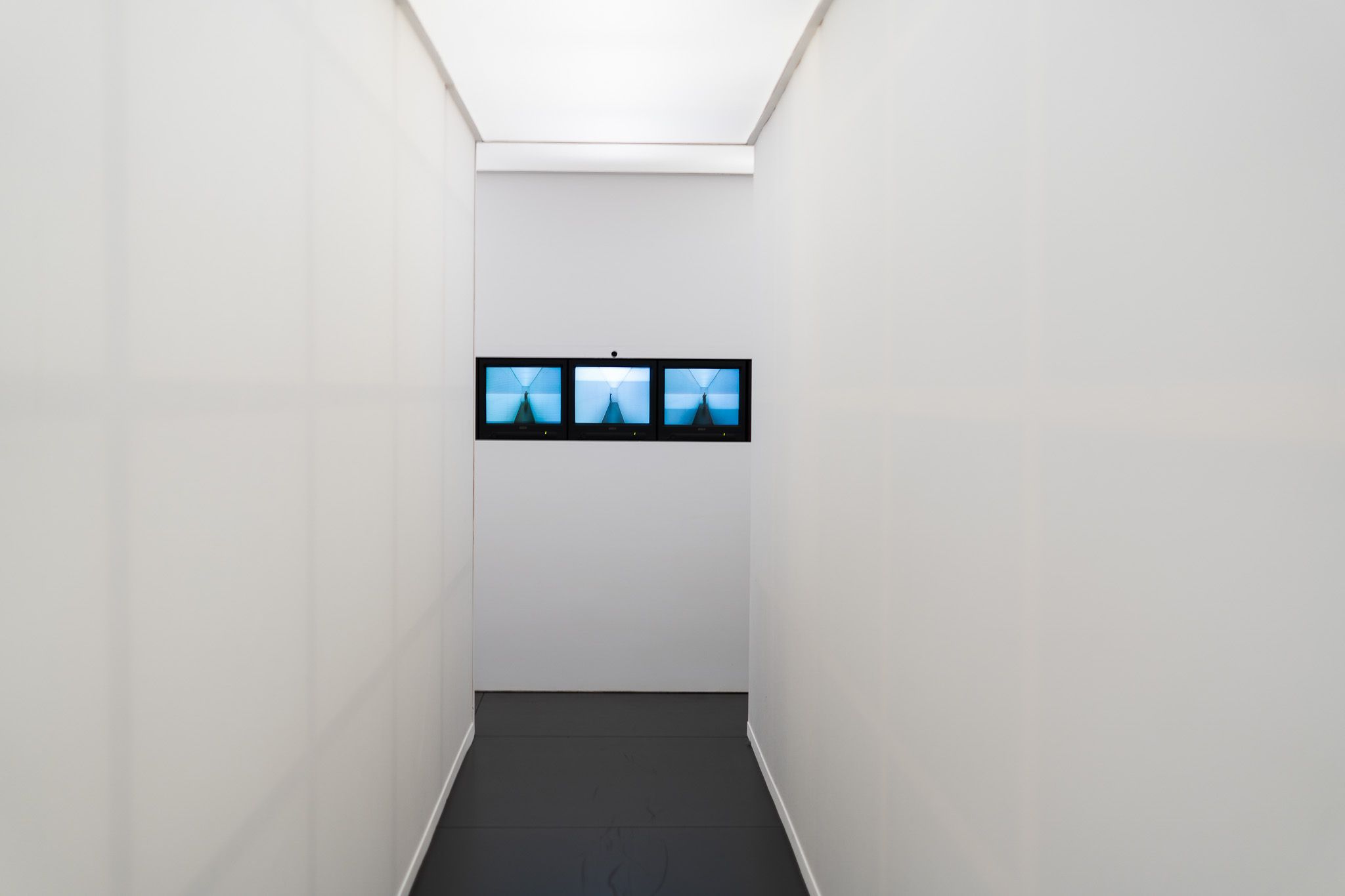
Embodied data
With this piece we were given the space to experiment with expressing data through a sensory, embodied experience. An interactive performance to express data, as we move ever closer to forms of communication traditionally associated with the stage.
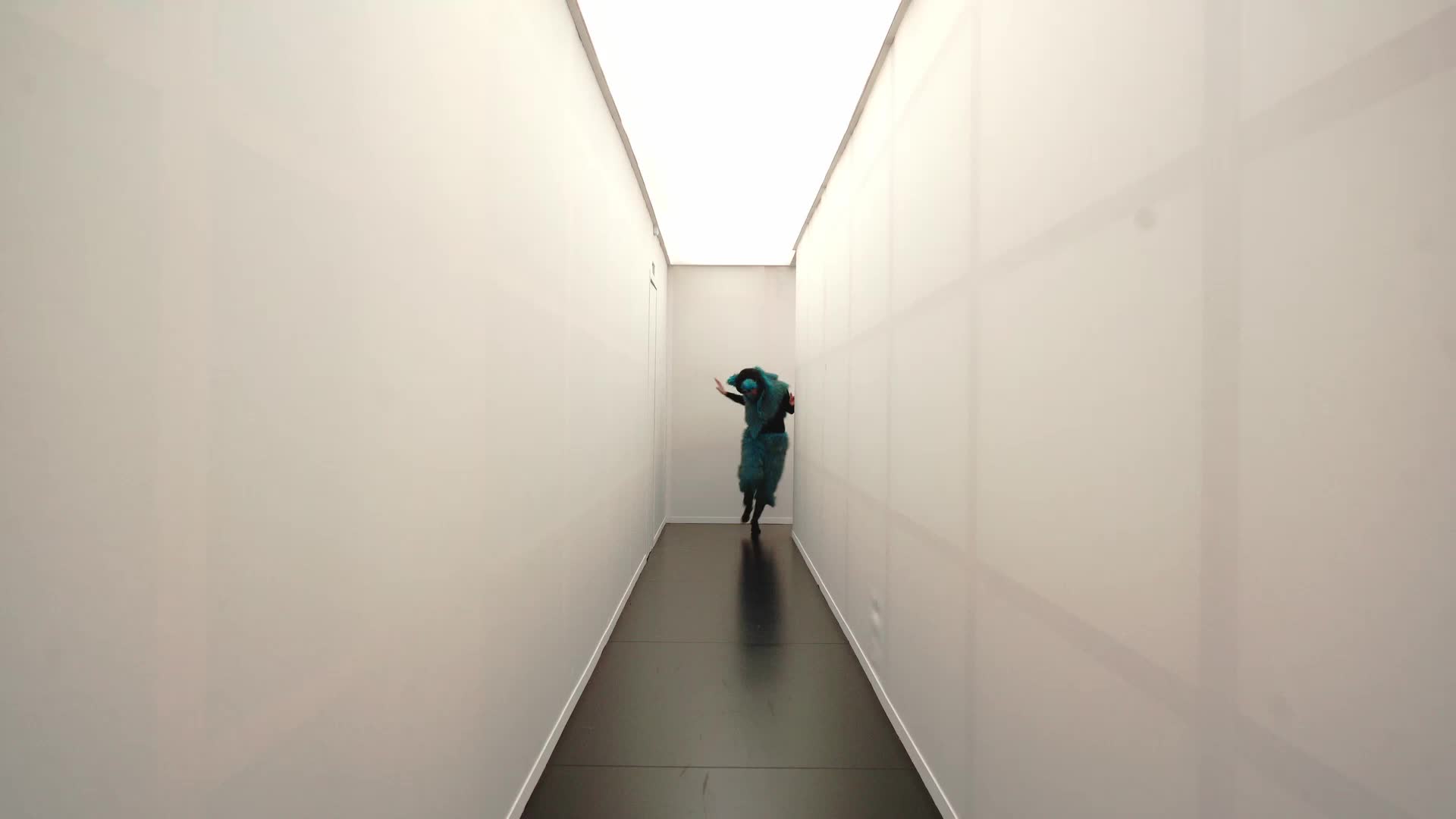
The Surveillance
For several weeks we could watch in real time as visitors reacted to the exhibition. We were able to see how people react when their own image is placed into the frame, and how this affects their boundaries for personal exploration, play, and interpretation within a gallery space. The absence of information or instruction totally transformed the exhibition space into a more personal, present experience.

The show goes on...
This has opened a new space for us to explore more abstract, non-linear ways to express information, through sensory performance. When the audience becomes part of an installation, essentially embodying the information rather than reading it, or having something explained to them, it opens all sorts of doors for a deeper connection with data. It can even mean we learn and reach our own conclusions on realities that are out of our physical grasp.
In our information society there is a huge disparity between the number of things we can know, and those which we can actually feel or experience. We can be certain of stars that exist millions of light years away, the existence of giant reptiles that once walked the Earth, or a rise in brain waves before death, but we will never actually live through these moments and come back to tell the tale.
Through an exhibition that immerses the public in a performance of these factual truths, we see the potential for a whole new chapter in how we can connect with numbers. We are excited to further explore this approach, as we embrace the artistic disciplines of the performing arts.
Hyperdeath
In an exhibiton space I prefer to...
Number of answers:
References
- Xu, Gang, Temenuzhka Mihaylova, Duan Li, et al. 2023. "Surge of Neurophysiological Coupling and Connectivity of Gamma Oscillations in the Dying Human Brain." Edited by Giulio Tononi. PNAS 120 (19): e2216268120. https://www.pnas.org/doi/10.1073/pnas.2216268120
- March, David. "Lucid Dying: Patients Recall Death Experiences During CPR." Neuroscience News, November 6, 2022. https://neurosciencenews.com/lucid-dying-cpr-21785/
